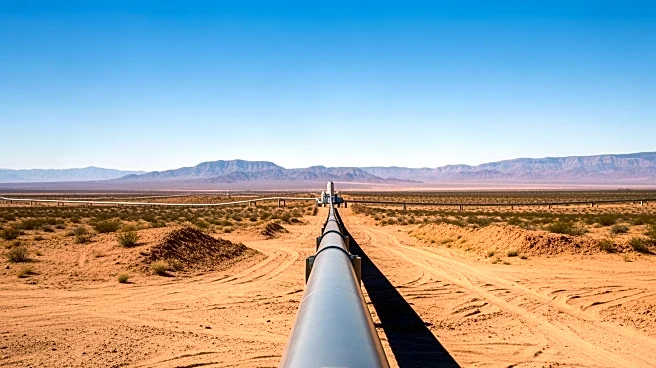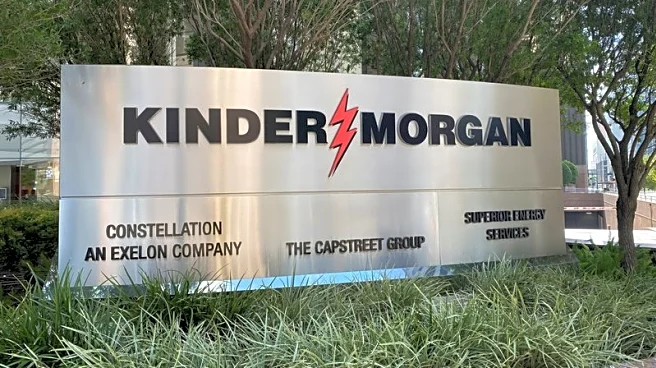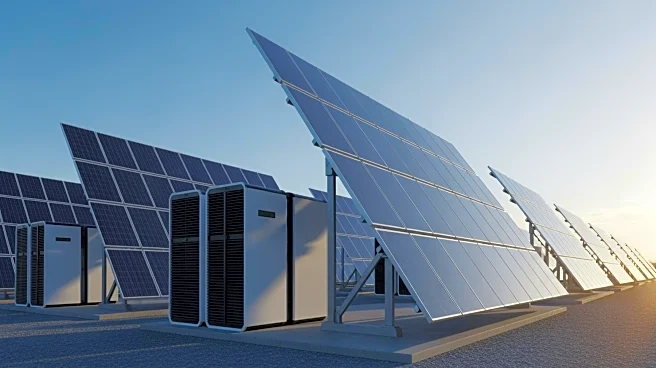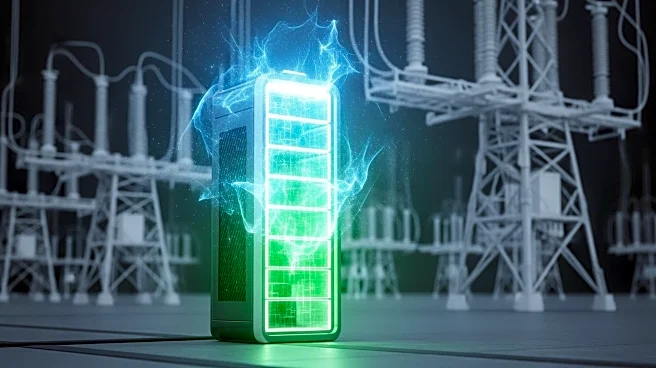What's Happening?
The U.S. Energy Information Administration (EIA) has reported that U.S. natural gas pipeline exports to Mexico reached a record average of 7.5 billion cubic feet per day (bcfd) in May 2025. This marks
the highest monthly export level recorded, driven by increased demand for natural gas in Mexico. On an annual basis, exports averaged 6.4 bcfd in 2024, a 25% increase from 2019, setting a new record in data dating back to 1975. The growth in natural gas consumption in Mexico, particularly in the electric power sector, has been a significant factor in this increase. The exports are facilitated through four main corridors: South Texas, West Texas, Arizona, and California, with a combined capacity of 14.8 bcfd and a utilization rate of 43% in 2024. The report highlights constraints in Mexico's pipeline infrastructure and limited gas storage capacity as factors limiting exports, although recent pipeline developments in central and southwestern Mexico have supported the rise in exports.
Why It's Important?
The record levels of natural gas exports to Mexico underscore the growing energy interdependence between the U.S. and Mexico. This development is significant for U.S. energy producers, as it represents a stable and expanding market for natural gas exports. The increased demand from Mexico's electric power sector indicates a shift towards cleaner energy sources, which could have long-term environmental benefits. However, the constraints in Mexico's infrastructure highlight potential challenges in sustaining this growth. For U.S. energy companies, this presents an opportunity to invest in infrastructure improvements and expand their market presence. The situation also reflects broader trends in global energy markets, where natural gas is increasingly seen as a transitional fuel towards more sustainable energy solutions.
What's Next?
Future developments may include further investments in pipeline infrastructure in Mexico to accommodate growing demand and improve export capacity. U.S. energy companies might explore partnerships or joint ventures to enhance infrastructure and storage capabilities in Mexico. Additionally, policy changes in Mexico regarding energy imports and infrastructure development could impact future export levels. Stakeholders in both countries will likely continue to monitor these trends closely, as they have implications for energy security and economic growth.














